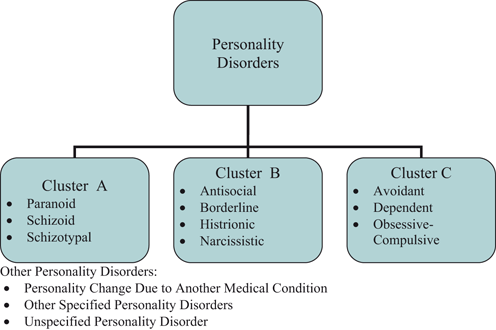If you are having a hard time remembering the clusters and which disorder falls into which cluster, this mnemonic will be helpful. Three clusters: A, B and C; remember as WWW – Weird, Wild and Worried, respectively. Cluster A – Weird (Genetic association with Schizophrenia) Accusatory: Paranoid (Suspicious) Aloof: Schizoid…
Author: Epomedicine

Simplified ICD-10 Diagnostic criteria for Schizophrenia
1. Duration: ≥1 months 2. ≥1 of Schneider’s 1st rank symptoms: Mnemonic: ABCDE a. Auditory hallucinations: Voices heard arguing (3rd person), Thought echo, Running commentary b. Bizzare delusions: Voices coming from some part of the body c. Control (Delusion of control): Somatic, Impulse, Volition, Affect (SIVA) d. Delusional perception: A non-hallucinated/true perception…
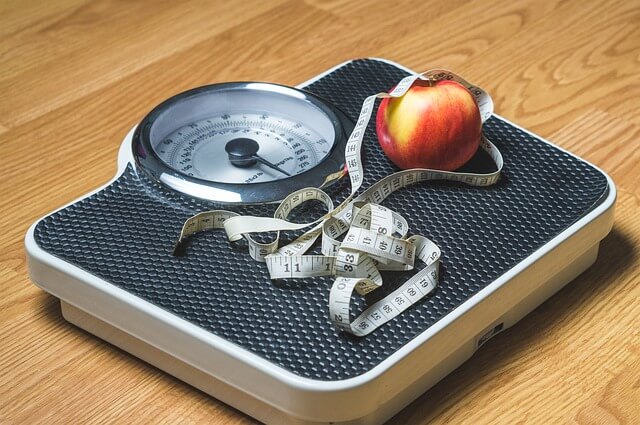
Weight and Misconceptions
As nations are getting the larger governments across the world are trying to do something to combat the problem. Obesity is becoming one of the biggest killers across the world and many of us are now trying to lose weight and get fitter as a result of this. The dieting…

Embryology of Eye : Mnemonic
Surface ectoderm derivatives Mnemonic: LEVeL Lens Epithelium All ocular adnexa including mebomian gland and glands of Zeis and Moll Skin Cornea Conjunctiva Vitreous (portion) Lacrimal glands and drainage system Neuro-ectoderm (Optic vesicle and cup) derivatives Mnemonic: MORE Muscles of pupil (constrictor and dilator pupillae) Optic nerve Retinal pigment epithelium Epithelium…
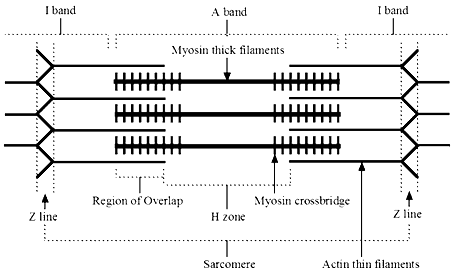
Sarcomere Structure : Mnemonic
Remember the sequence: Zahir Is A Hungry Man Z line (Zwischen = between [German]) I band A band H zone M line Z is the final alphabet: Z lines represents the end of sarcomere M for middle: M line represents the midline of sarcomere I is a thin letter: I…
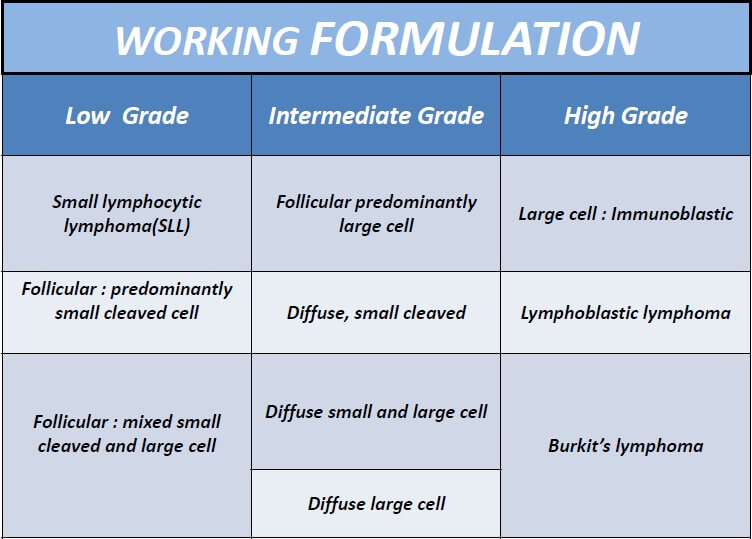
Working formulation of NHL (Mnemonic)
All follicular except large cell: Low grade All diffuse: Intermediate grade Blastic and non-cleaved: High grade
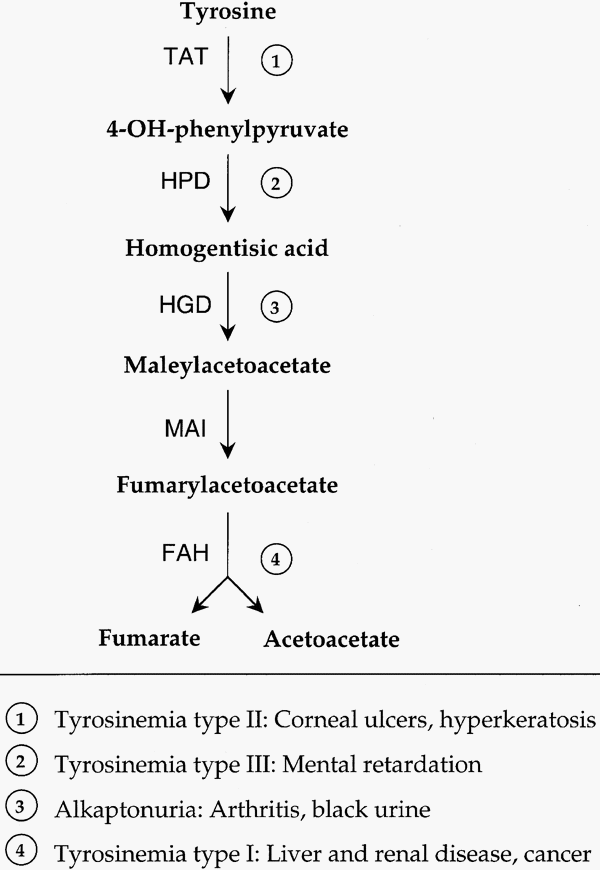
Tyrosinemia Enzymes : Mnemonic
Mnemonic: FAHeem TATtooes because of Histrionic Personality Disorder (HPD) Tyrosine is necessary for biosynthesis of catecholamines, thyroid hormones and melanin pigment. 1. Tyrosinemia type I (Tyrosinosis/Hepatorenal tyrosinemia): Enzyme defect: FAH (Fumaryl-acetoacetate hydroxylase) Last enzyme in the cycle Cabbage like odor Hepatocellular carcinoma Renal tubular acidosis Peripheral neuropathy 2. Tyrosinemia type II…
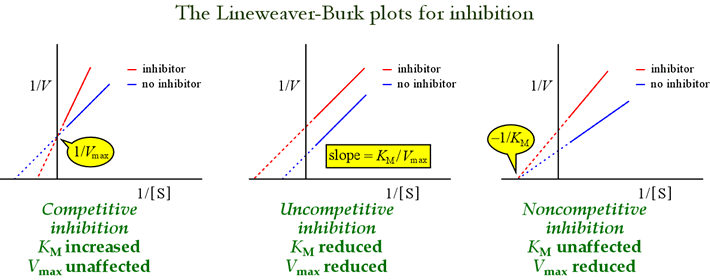
Competitive, Non-competitive and Uncompetitive Inhibitors
Vmax is the maximum velocity, or how fast the enzyme can go at full ‘‘speed.’’ Vmax is reached when all of the enzyme is in the enzyme–substrate complex. Km is the substrate concentration at which v = 1/2 Vmax. Km approximately describes the affinity of the substrate for the enzyme….
